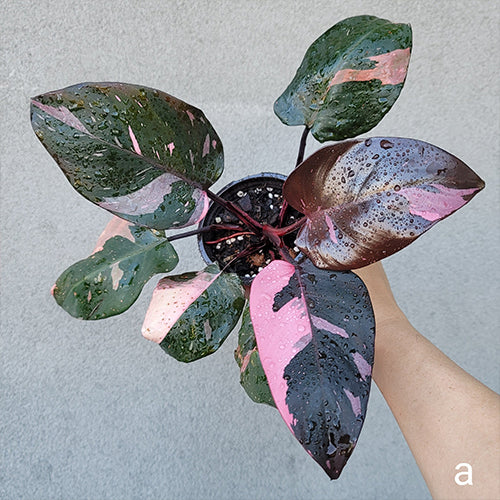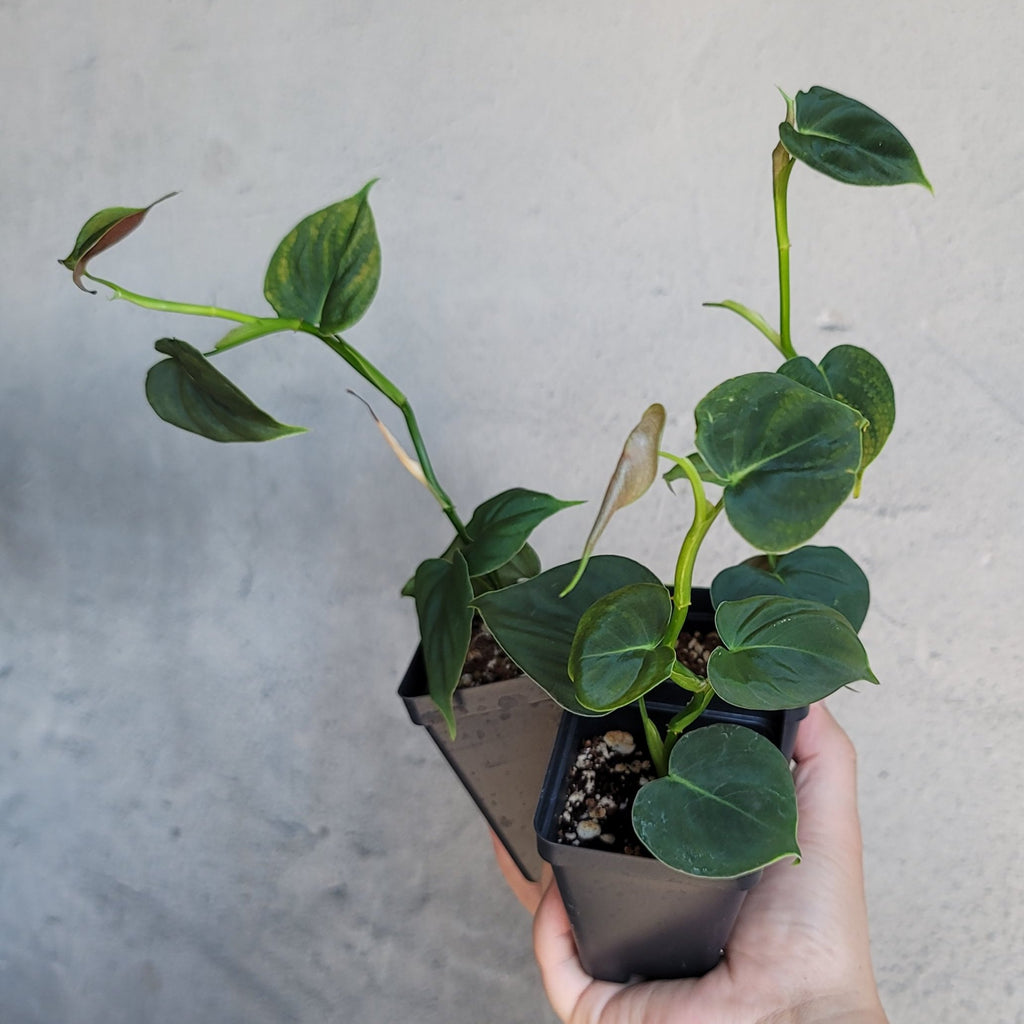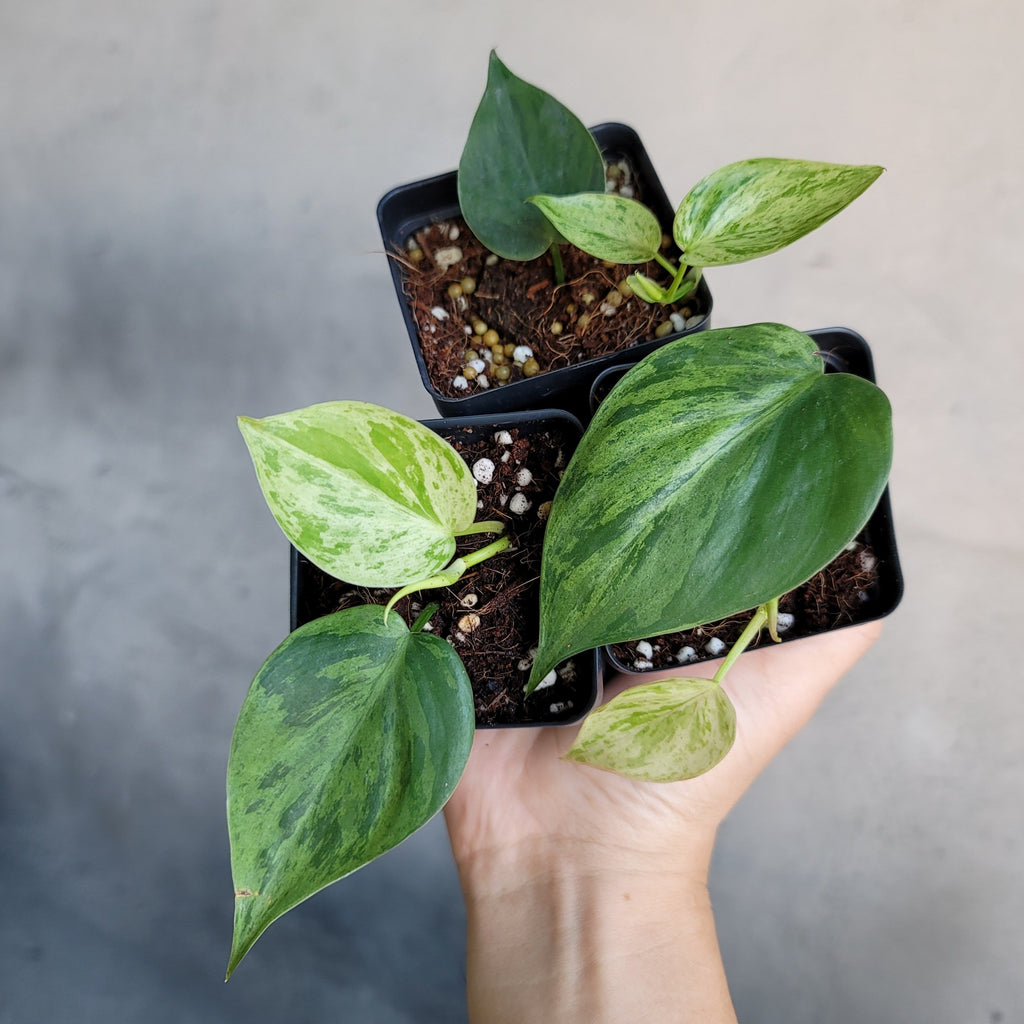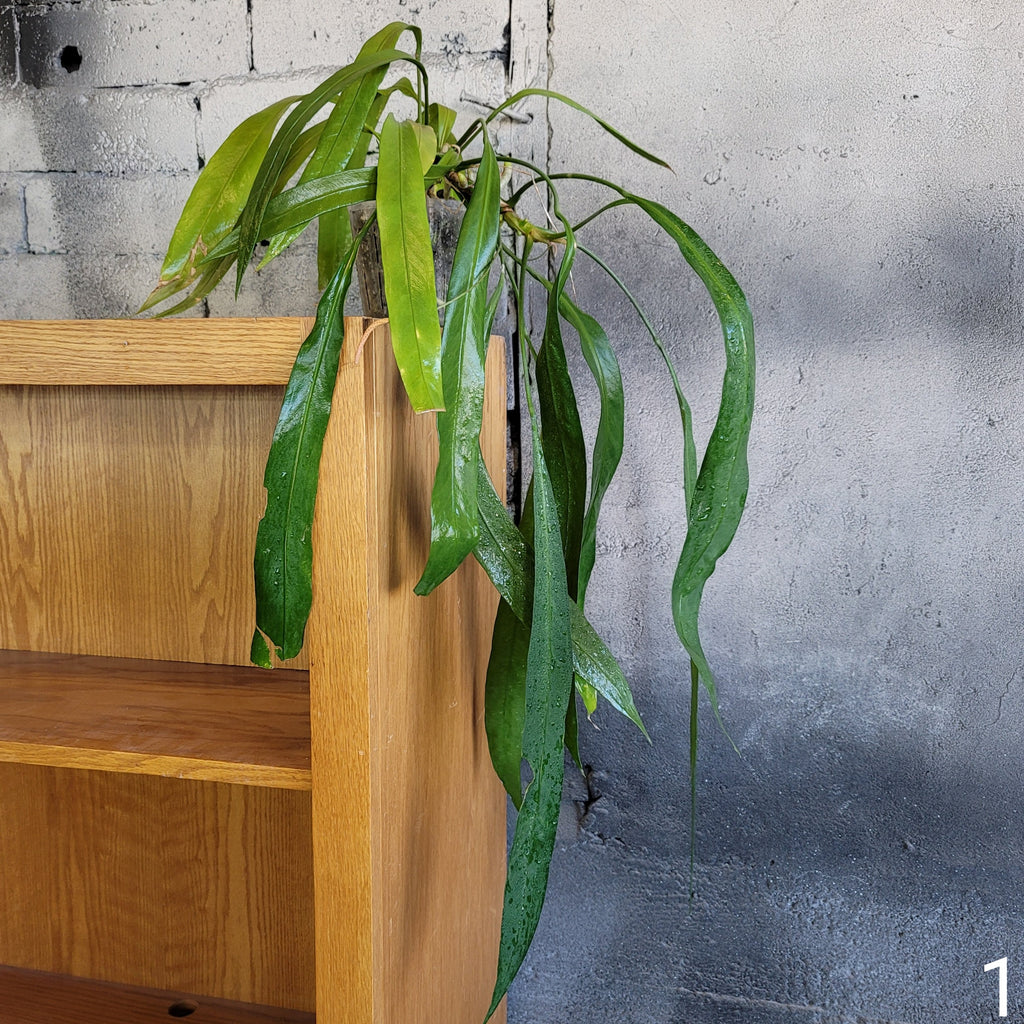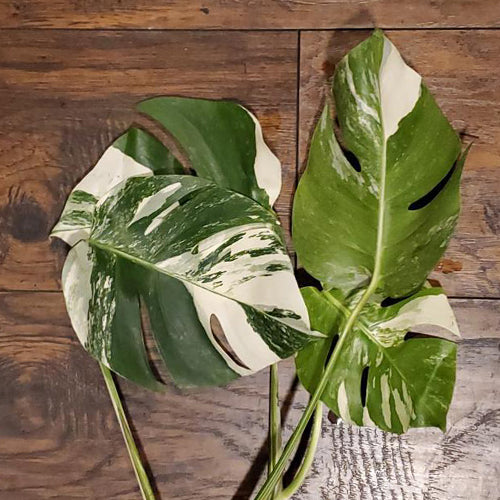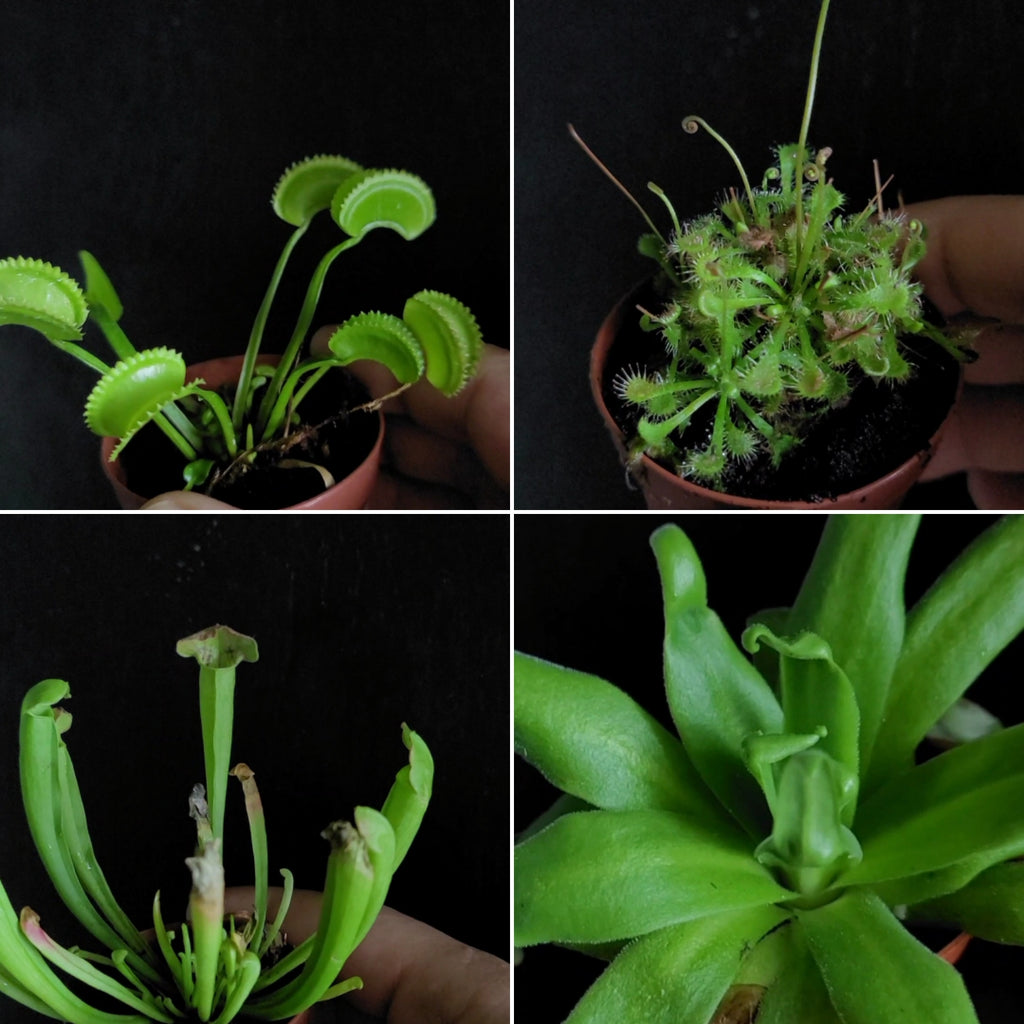
Halloween edition: Plants that "eat" bugs!

Carnivorous plants are fascinating and unique organisms that have evolved to capture and digest insects and other small prey as a source of nutrients. Here are some commonly known carnivorous plants and care tips for them:
-
Venus Flytrap (Dionaea muscipula):
- Native to the southeastern United States, Venus Flytraps have hinged traps that snap shut when triggered by an insect.
- Care: Keep them in a well-draining soil mix (e.g., sphagnum moss and perlite), use distilled water, provide bright indirect sunlight, and maintain high humidity. Water the plant with a tray method by keeping the pot in a shallow dish of water.
-
Sundew (Drosera spp.):
- Sundews have sticky, tentacle-like structures covered in a mucilaginous substance to trap insects.
- Care: Plant them in a mix of sphagnum moss and sand or perlite. Keep the soil consistently moist with distilled or rainwater and place them in bright indirect sunlight. Sundews are not as tolerant of drying out as some other carnivorous plants.
-
Pitcher Plant (Sarracenia spp.):
- Pitcher plants have modified leaves that form tube-like structures with a pool of digestive enzymes at the bottom to trap insects.
- Care: Grow them in a well-draining soil mix that contains peat moss and perlite. Use rainwater or distilled water. Provide bright, indirect sunlight or some direct sun, especially in the morning. Keep the soil consistently moist, but avoid waterlogging.
-
Nepenthes (Tropical Pitcher Plants):
- Nepenthes have distinctive, cup-shaped traps filled with a digestive liquid. They are typically found in tropical regions.
- Care: Use a well-draining mix of sphagnum moss and perlite or other suitable mediums. Keep the soil consistently moist, and provide high humidity and bright, indirect sunlight. Some species of Nepenthes can tolerate lower humidity, but they generally prefer higher humidity.
-
Cobra Plant (Darlingtonia californica):
- Cobra plants are native to North America and have tall, tubular leaves with a unique hooded structure.
- Care: Plant them in a mix of peat and perlite in a pot with good drainage. Keep the soil consistently moist with distilled or rainwater, and provide bright, indirect sunlight. They can also benefit from cooler temperatures.
Caring for carnivorous plants can be rewarding, but it's essential to research the specific requirements of the species you're interested in, as they can vary significantly. Never use tap water with high mineral content, as it can harm these plants. Additionally, avoid overfeeding them, as excessive prey capture can stress the plant. With proper care, carnivorous plants can thrive and capture insects as a supplementary source of nutrients.

